With the continuous improvement of the application requirements of programmable automation controller, it is of great significance to study its application in oil depot management. Firstly, this paper gives an overview of the relevant content, analyses the Countermeasures of the programmable automation controller, and studies the system programming of the programmable automation controller combined with relevant practical experience. As one of the ideal tools in oil depot management, programmable automation controller (PAC) has received great attention in recent years. The research of this subject will improve the practical application level of the programmable automation controller, so as to effectively optimize the overall effect of oil depot management.
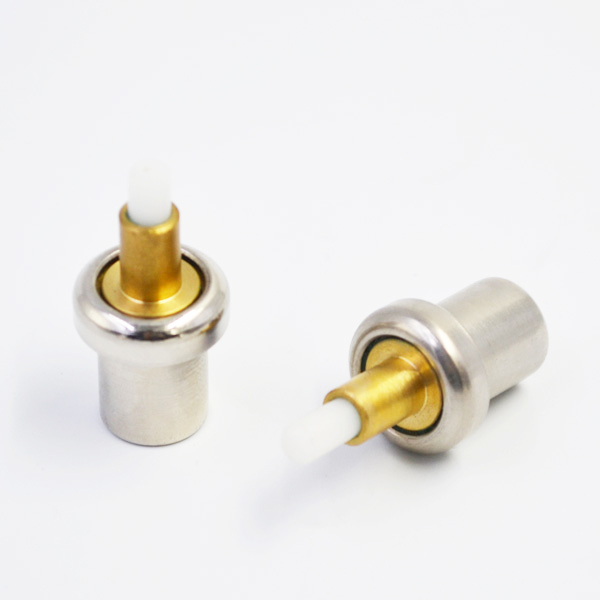
With the rapid development of national economy and industry and the increasing shortage of energy resources, it is necessary to strengthen the effective management of energy. With the increase of oil depot construction, in order to improve the rational utilization and management ability of oil products, it is urgent to build an automated and information-based management system for oil depots. The automation and information management system of oil depot can collect and process the data of oil grade, oil-water interface, oil temperature, pressure, tank capacity and flammable gas alarm in real time. Through software programming, real-time display and printing of oil reserves and related data, the oil delivery system and the company’s ERP system are connected to achieve automatic one-card oil delivery, automatic start and stop of the unloading pump. Through the communication system, the managers at all levels can timely understand the inventory and sales situation of each oil depot, which can greatly improve the automation management level of the oil depot and reduce the operation cost. The network management system of oil depot is divided into three levels according to the control level, i. e. field level, monitoring management level and dispatch management level. The field level is to control the corresponding equipment in the production process field; the monitoring management level is to control the field equipment in the process centralized control area; and the dispatching management level is to control the equipment in the production management dispatching center (or regional management center). The network management system of oil depot realizes the information management of distribution, receiving and dispatching of finished oil and remote dispatching. Automatically complete oil dispatching and receiving work, reduce waste of human resources; check the quantity of receipts and receipts, control the quantity of oil dispatching according to the documents, reduce the error of human factors; timely statistics of the sales and inventory of oil depots, provide real digital basis for decision makers, allocate the quantity of oil products according to market sales, and strengthen the data declaration and receiving and receiving management of oil depot personnel. Form a set of effective and standard standard operation procedures to reduce the occurrence of human accidents. Based on the important position of the automatic oil payment system in the whole oil product trading and the above particularities, how to manage it more accurately will inevitably become the most worthwhile topic in the whole operation. Security management. To ensure the safety of the automatic oil payment system, it is necessary to install the corresponding auxiliary equipment – flameproof facilities, and flameproof products must be installed in each of the main equipment of the system. For example, flowmeters, hydraulic valves, numerical control valves, operation buttons, level gauges, oil spill controllers, electrostatic meters, IC controllers, etc. The shell of flameproof product is made of special material, that is, no matter how high the temperature inside the shell is, it will not be transmitted to the outside of the shell, and all heat energy will be sealed in the shell, thus preventing the equipment from burning due to the high temperature and other phenomena. Payment accuracy management. The oil delivery capacity of automatic oil delivery system is generally regulated by the regulating valve on the pipeline or the frequency converter on the oil delivery pump.
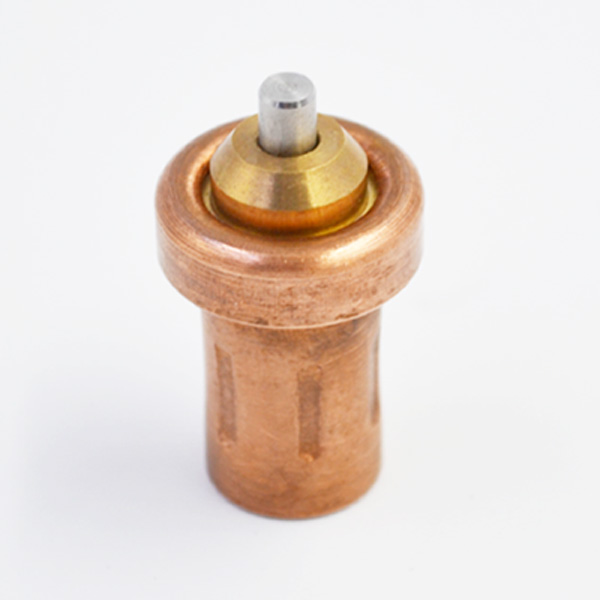
Therefore, in order to ensure the accuracy of oil payment, we can control the control valve and frequency converter to achieve. The best way is to install a control valve in each crane position, but the cost of the control valve is too high, you can consider using a cost-effective numerical control valve instead. This device uses digital control of oil flow (we know that the accuracy of the number itself is very high), thermostatic element and the switch is divided into multiple sections, which can be processed and controlled separately in different oil transportation steps. Reliability management of oil delivery system. In order to ensure reliability, the most effective way is to switch freely between manual operation and automatic operation. When the computer fails, it can be converted to manual operation immediately. In this way, even if some part of the system fails to work, it can ensure the smooth completion of oil payment operations, and also can buy time for troubleshooting. In addition, the manual operation is more flexible, so it can react in time after finding problems, so as to avoid the occurrence of work accidents. ControlLogix system is one of the most powerful functions to automate various types of controller products. C0ntrolLogix has designed communication function in the whole system. It uses unique ControlBus floor as communication gateway, and ControlBus motherboard adopts producer / consumer mode without typical master slave mode. This open and transparent way can seamlessly handle the upper level. The machine is connected with the control system. The program design of the system mainly includes lower computer programming, upper computer configuration and communication. The lower computer programming software selects RSLogix5000, which is a 32 bit programming software, has a fairly friendly interface, and can be programmed remotely through the network. The running environment is Windows, and it can be programmed with menu and function keys. Powerful editing and diagnostic tools will save a lot of time for program development and error checking. RSLogix 5O00 programming supports ladder diagram, structure text and function block diagram. Programming is very flexible, I/O configuration and programming sequence is not limited.
I/0 module configuration can be preferred. After I/O configuration is completed, labels (variables) will be automatically generated in the right label bar, and no other work will be done by users.
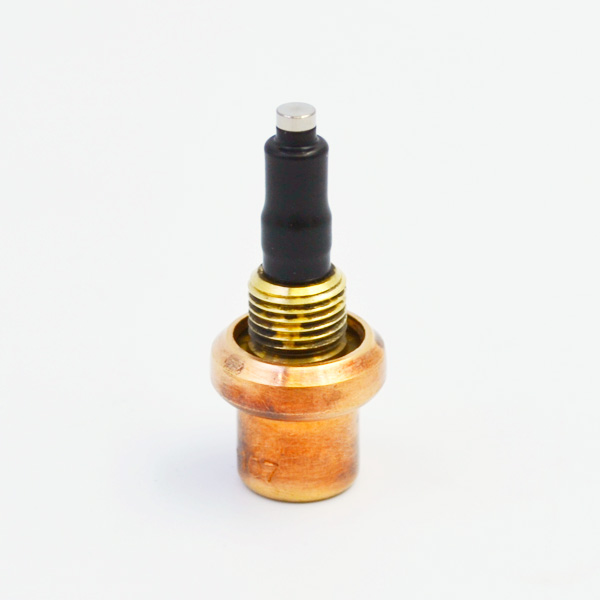
This makes it very convenient to access I/O variables in the program. Program control is mainly realized: (1) Data acquisition of oil tank and pipeline: tank level, multi-point and average temperature and density. The data is collected into the control system through the special communication module of Modbus RS485, and then the information of tank capacity and flow rate is calculated. (2) Oil product operation process: unloading process, tank inverting process, pipeline circulation process, pipeline sectional emptying process. The main equipments are valves and transfer pumps. Valves include input signals such as opening, closing, fault, remote, and output signals such as opening, closing, stopping and emergency stopping. Butterfly valves also include setting and feedback of opening. Transfer pump uses soft starter, signal input includes operation, fault, remote and soft starter state detection, output includes start and stop. The monitoring software of the system adopts FactoryTalk.
FactoryTalk is a series of enterprise-level data communication services embedded in integrated architecture components, which significantly simplifies the process of data generation, transmission and use. With FactoryTalk service, you can use it in the whole control system with only one tag creation.
In the system with built-in FactoryTalk service, there is no need to create tags for each controller. Visual software can directly share the tag database created by the control platform, thus realizing the mapping between the monitoring layer and the control layer application software. With FactoryTalk, you can use it multiple times with just one tag definition. Once the graphical interface is defined, it can be used in the whole distributed system, and the system changes can be audited and managed. The SCADA images mainly include: tank area process, railway craft process, equipment operation summary, alarm record, user modification. The communication software of the system selects RSLinx, which is fully compatible with the Windows operating system. The RSLinx can collect, analyze, store and display real-time collected factory data (usually collected from the network) in Windows’s support software.
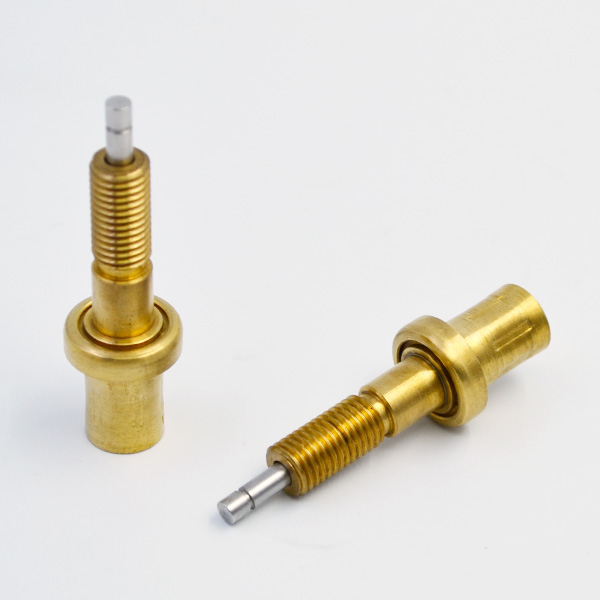
RSLinx provides OPC, DDE and data connection in other ways using C/C . RSLinx provides communication links for PC, RSLogix and other software. This system adopts OPC communication mode, as long as it is simply configured, it can realize the communication between the upper computer and the lower computer.
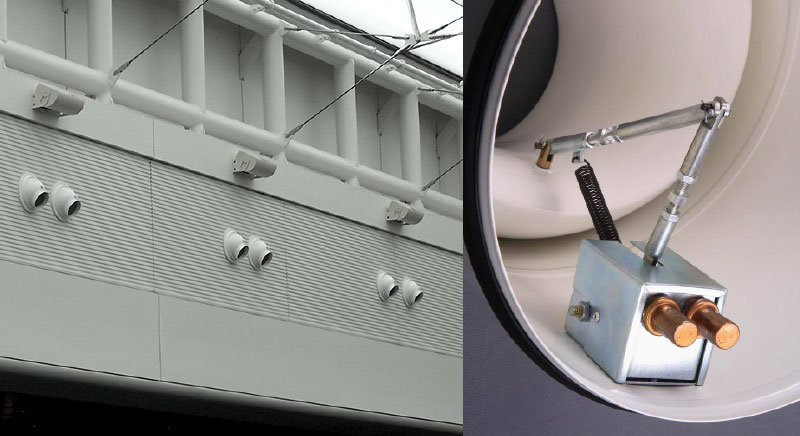
Through the research and analysis of the application of Programmable Automation Controller in oil depot management, we can find that the good application effect of this controller depends on the full control of its many influencing links and factors. Relevant personnel should proceed from the objective and practical requirements of oil depot management and study and formulate the most practical implementation strategy of the application of programmable automation controller.
